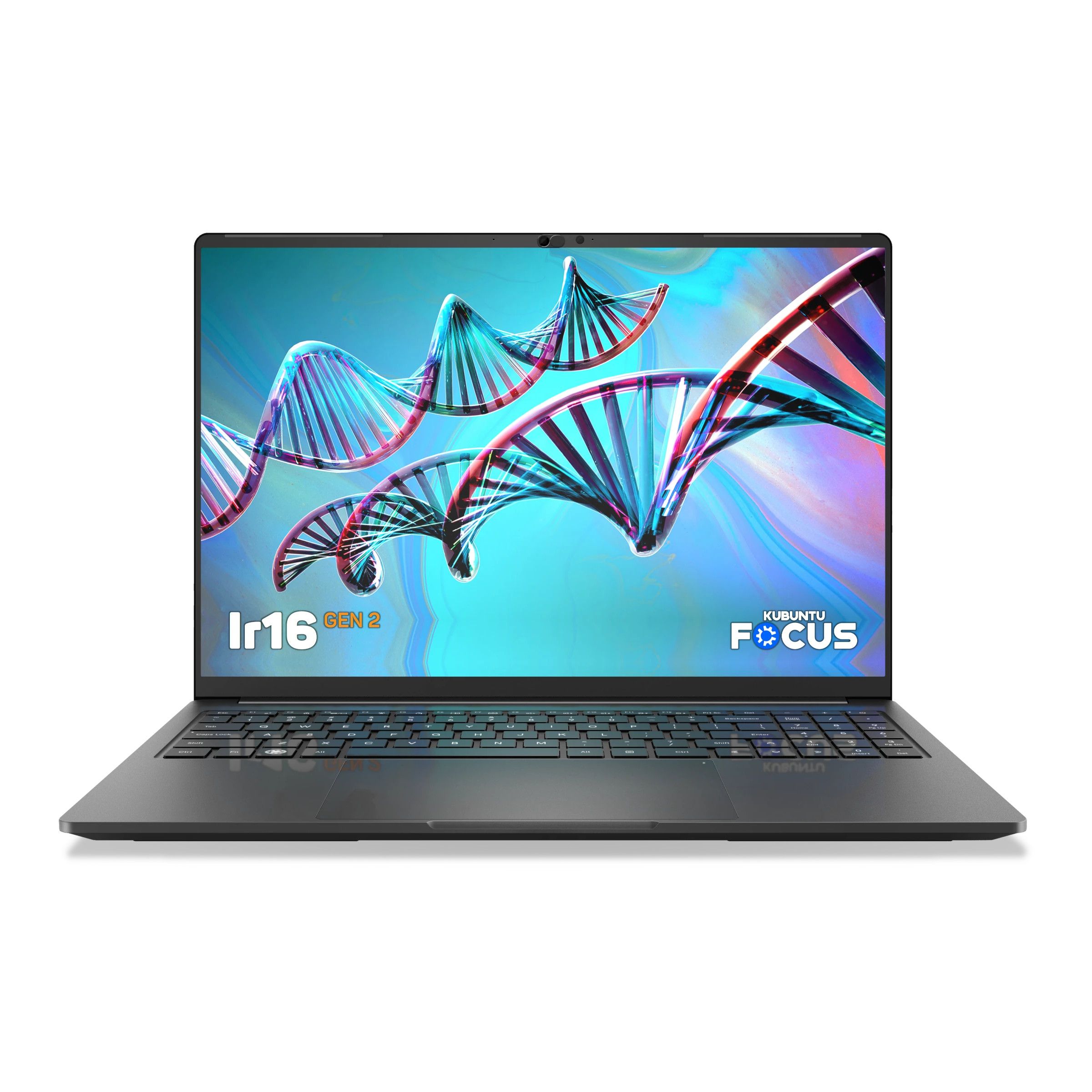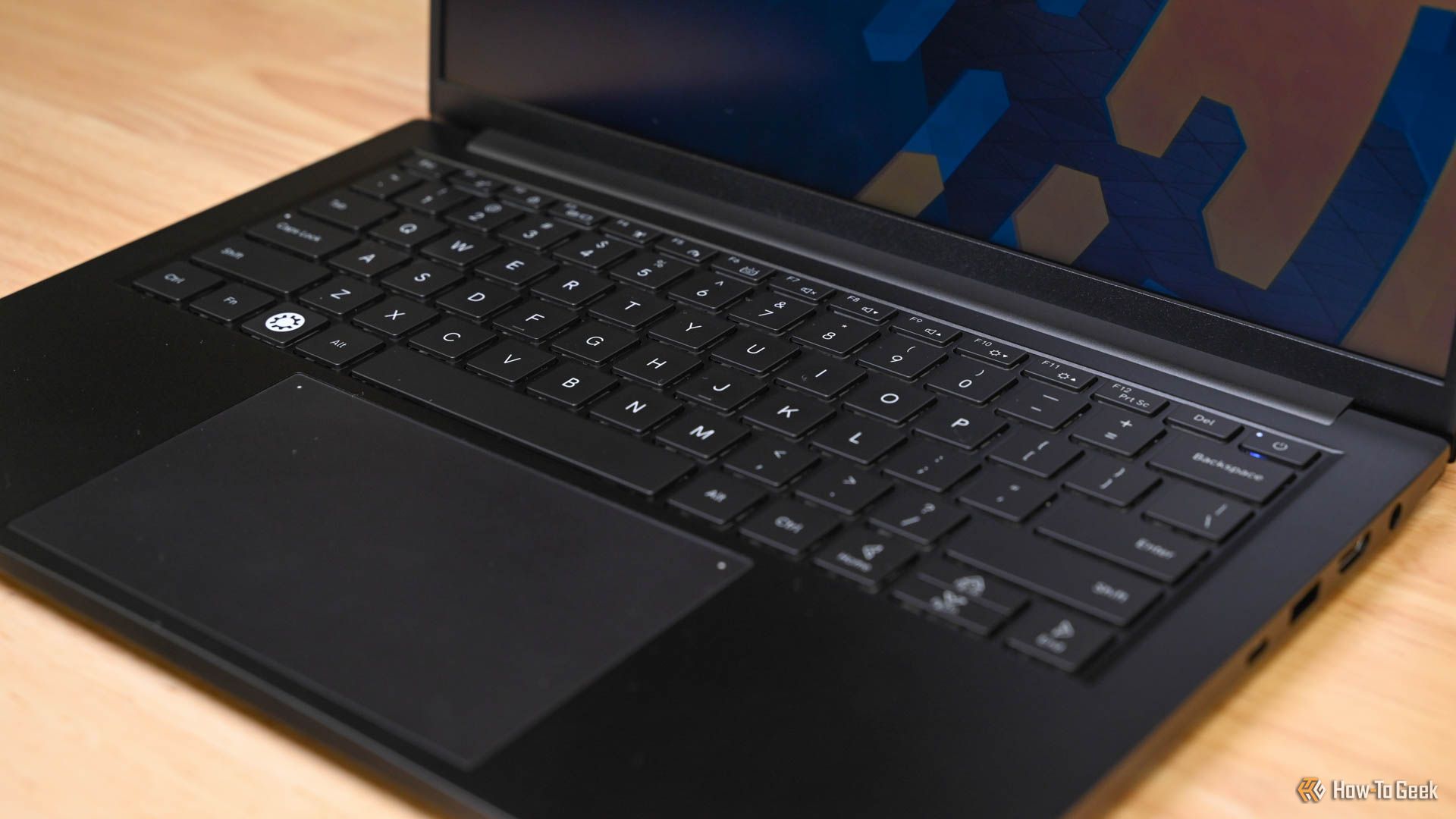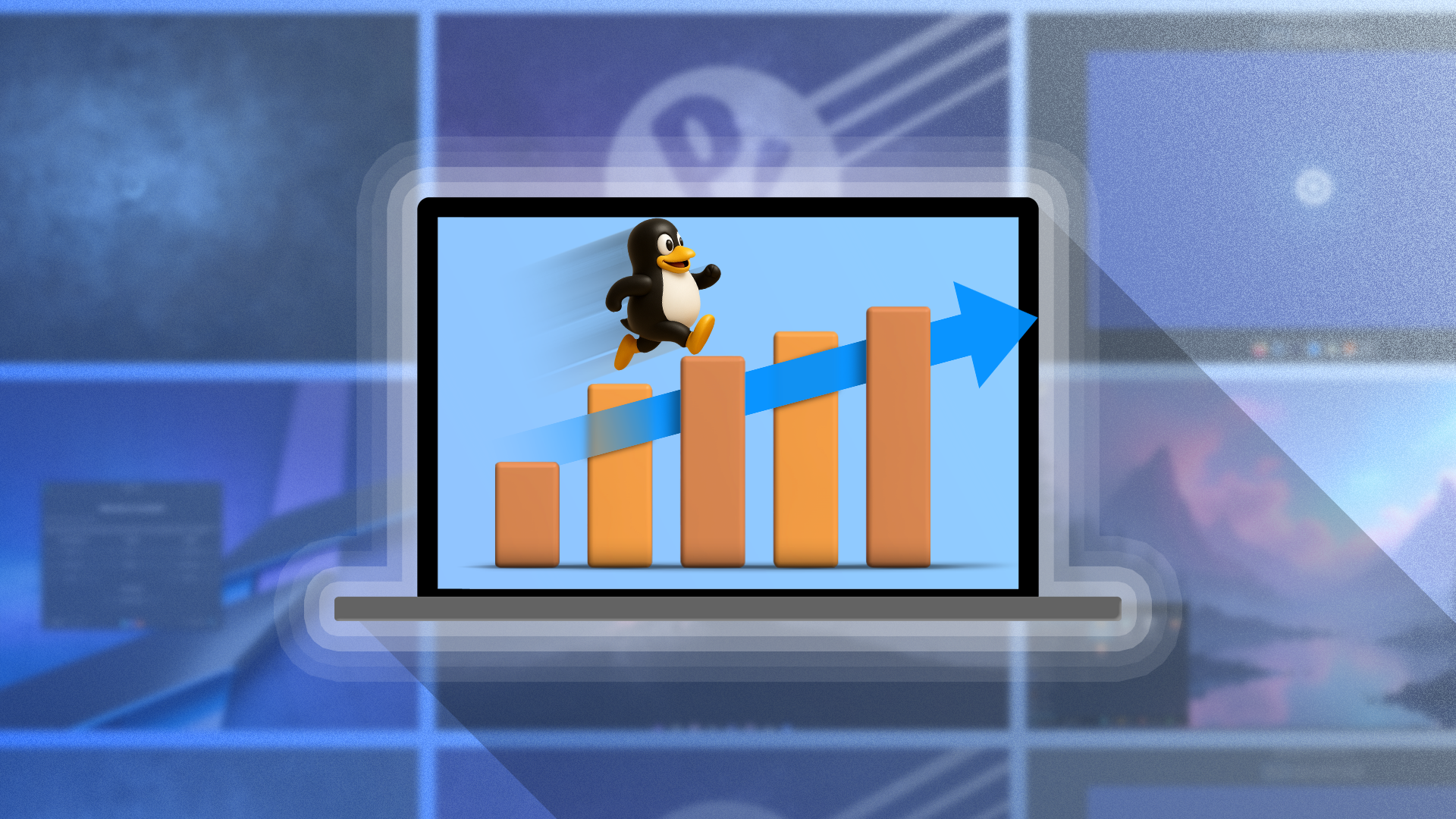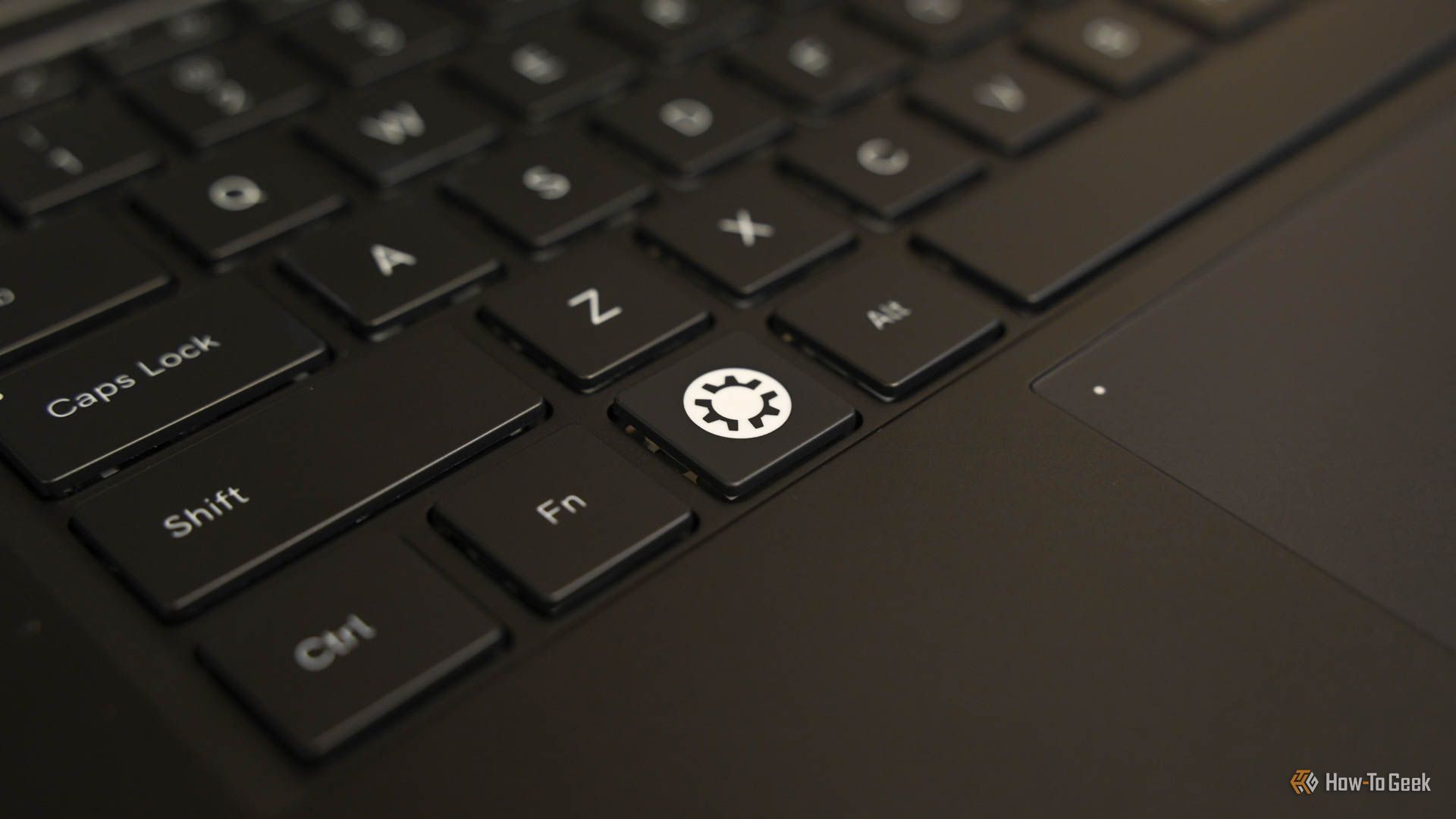Just about a year ago, I bought a Kubuntu Focus Ir14 (Gen 2) laptop after reviewing the bigger Ir16 model. In the time since, I’ve learned or simply confirmed several facts about Kubuntu and Linux-first computer purchases in general.
Kubuntu Is Rock Solid
One of the standout benefits of using this laptop long-term with Kubuntu 24.04 LTS is that the operating system doesn’t change much. That may sound like a mundane fact or even a drawback instead of a benefit, but it actually might be my favorite thing about this laptop purchase.

- Operating System
-
Kubuntu
- CPU
-
Intel Core i5-13500H
- GPU
-
Intel Iris Xe (Integrated)
- RAM
-
Up to 96GB
The Ir16 GEN 2 marries the enterprise-class hardware from Carbon Systems with the meticulous OS integration and Linux-first support from Kubuntu Focus.
Other operating systems just won’t stop changing on me. It seems like every time I boot up Windows these days, there are new widgets, redesigned layouts, and annoying notifications announcing products and subscriptions I don’t want—I’m looking at you, Copilot. Even the locked-down variant of Android on my phone regularly surprises me with changes to my user experience I didn’t ask for and sometimes don’t like at all.
I also have another computer running Garuda Linux, whose software repositories are bleeding-edge, meaning when KDE releases an update to Plasma I get it almost immediately. While I do like Plasma, my enthusiasm for curve balls is far weaker.
Those forced alterations to my workflow have made me appreciate the slow and test-heavy approach to updates taken by Kubuntu’s underlying Ubuntu software base, specifically the LTS releases. LTS stands for Long-Term Support, meaning the single point release will keep getting updates for several years, even after new point releases are announced. It’s an underrated quality of operating systems to leave me alone.
KDE Plasma Has a Ton of Useful Hidden Features
I’ve also learned over the past year that KDE Plasma, the desktop environment that Kubuntu uses, has a ton of built-in features and power user tools. So many, in fact, it sometimes feel overwhelming.
The clipboard manager is super useful, and it’s a feature I think Microsoft could take some notes on for Windows. Learning to use Krunner was a huge boon for my desktop efficiency, and so was memorizing Kubuntu’s keyboard shortcuts. They made me the fastest screen capture draw in the west.

Related
10 Advanced Kubuntu Linux Keyboard Shortcuts to Master Your Desktop
Go from plebe to power user by memorizing these KDE shortcuts.
It gets even better if you look at KDE’s collection of apps. They range from the commonly useful, like KDE Connect, to the specific and niche, like KTeaTimer. There’s Kate the IDE for programmers, Elisa the music player for digital collectors, KMines the Minesweeper clone for bored folks—I could go on. I’m going to shamelessly revive some early 2010s humor and say that if you can think to do it on a computer, there’s a KDE app for that.
Actual Customer Service Is So Refreshing
One of the benefits of buying computers from Linux-first computer sellers is that you typically get real, dedicated customer support. If you buy a Windows or Mac computer and install Linux on it, you can’t ask Microsoft or Apple why Linux is having issues. Instead, you typically have to rely on a Linux-savvy friend or strangers online in forums and chat channels to solve your issues.
Whenever I’ve had issues with the Ir14, I’ve been able to simply email the Focus support line and get quick responses with specific advice for my situation. That includes a whole keyboard saga I’ll talk about later. They also have a pretty extensive collection of guides and FAQs for both the laptop and Kubuntu that you can search for answers.

Related
5 Reasons Now Is the Right Time to Buy a Linux Laptop
Let’s pump up those numbers.
Actual customer service sure beats reading decade-old Stack Overflow posts or ancient Reddit threads where half the replies have been deleted. Don’t even get me started on trying to find help in Discord servers—one of the reasons I shirk some open source projects.
Sometimes Computers Just Need a Rest
This troubleshooting anecdote isn’t specific to Linux computers, but it is a good reminder for everyone reading.
A couple of months ago, I had a scare where I thought the laptop’s hardware was starting to fail me already. The Meta key (what you’d call the Windows key on a Microsoft-branded computer) suddenly stopped working. I could press it just fine—it didn’t feel broken—but nothing would happen.
To fix it I tried everything from shooting compressed air under the key to undoing recent software installations to live-booting other Linux distros. Through all of that I became convinced it was an issue with the key itself, and that I’d probably have to attempt the delicate process of replacing a laptop keycap.
Before going through with that, though, I did something I rarely do: shut down the computer. I was leaving on a trip, and I wanted to increase security by making sure the data on my laptop’s encrypted drive was at rest, so I turned the laptop off and unplugged it. When I returned several days later, to my delight, the Meta key suddenly worked again.
I probably opened the application launcher a few dozen times in celebration. I’d forgotten the ancient IT wisdom to simply give it a rest every once in a while.
Overall I’ve enjoyed my first full year with a Kubuntu-made laptop. If you’re interested in getting your own Linux computer, check out our guide to the best Linux laptops out there. If a desktop computer with a small footprint is more your style, you might also be interested in my recent roundup of Linux-first mini PCs.

- Operating System
-
Kubuntu
- CPU
-
Intel Core i5-13500H
- GPU
-
Intel Iris Xe (Integrated)
- RAM
-
Up to 96GB
The Ir16 GEN 2 marries the enterprise-class hardware from Carbon Systems with the meticulous OS integration and Linux-first support from Kubuntu Focus.
